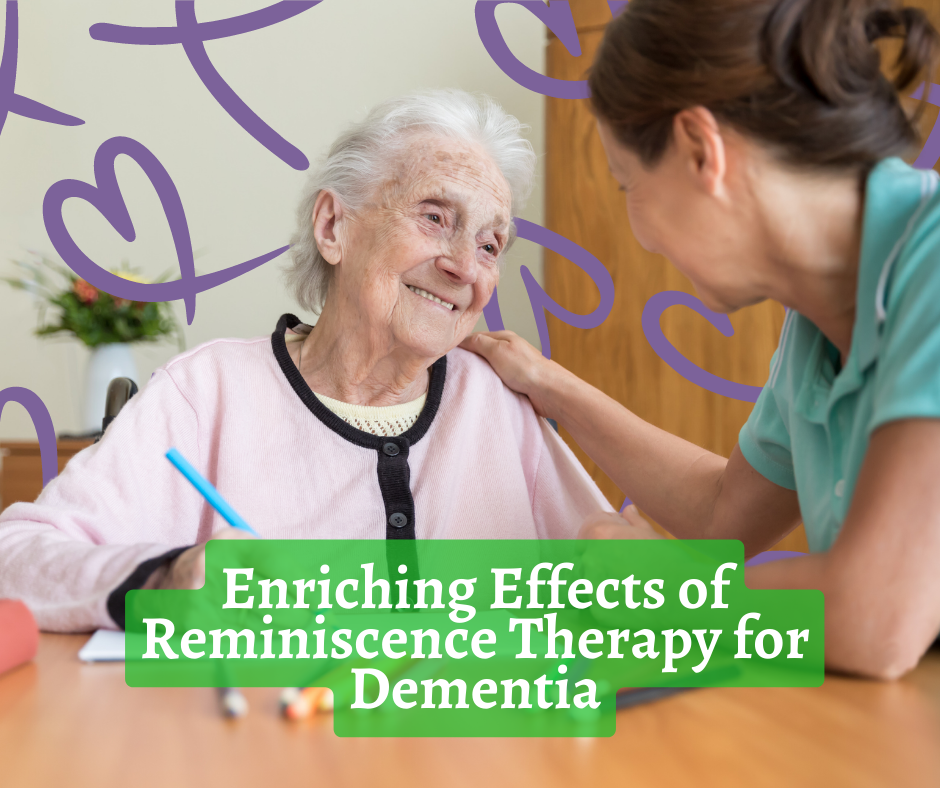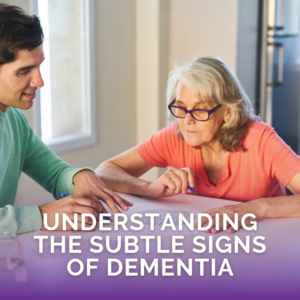In the realm of senior care, where practicality and well-being converge, the practice of reminiscence therapy emerges as an intriguing avenue. Whole Life Home Care extends an invitation to explore this technique, shedding light on its role as a conduit for connection and positivity among seniors grappling with the complexities of dementia.
Revisiting Memories Through a Therapeutic Lens
While dementia may challenge current cognition, the past often retains its vividness. Reminiscence therapy, a structured memory intervention, beckons seniors to revisit historical events and cherished moments. Beyond its sentimental appeal, this approach fosters a profound sense of self-worth and tranquility among seniors. It allows them to engage with their personal narratives, rekindling the significance of past experiences.
The Therapeutic Dimensions of Reminiscence
Beyond its sentimental value, reminiscence therapy harbors therapeutic benefits. The act of sharing positive memories serves as a form of emotional relief, mitigating stress, enhancing mood, and alleviating restlessness. Each memory forms a stepping stone towards enriching moments, thereby contributing to the overall well-being of seniors. Significantly, reminiscence therapy empowers seniors by providing a platform that aligns with their abilities, nurturing meaningful interactions and boosting confidence.
Navigating the Terrain of Emotion
The practice acknowledges that life comprises both highs and lows. Reminiscence might lead to the resurfacing of painful memories. Skillfully guiding conversations toward positive recollections becomes essential in maintaining emotional equilibrium. Implementing reminiscence therapy involves several methods, such as:
- Harmonizing with Melodies: Music’s universal appeal aids in unlocking memories and emotions. Playing familiar tunes or introducing simple musical instruments can spark engagement.
- Visual Storytelling: Exploring old photographs and keepsakes becomes a gateway to conversation. Pictures of family, life milestones, and personal interests provide avenues for meaningful exchanges.
- Sensory Recall: Harnessing the power of scents and tastes, such as crafting scent cards with spices or savoring preferred foods, facilitates the activation of memories.
- Tactile Engagement: Practical activities like painting, pottery, or knitting reconnect seniors with past experiences. Tactile engagement also extends to cherished objects, evoking anecdotes of significant life events.
Amidst the journey of shared memories, the underlying essence lies in facilitating a constructive and engaging environment. Shedding light on seniors’ experiences through reminiscence therapy enriches their lives and unveils a fresh dimension of support in the realm of senior care.











